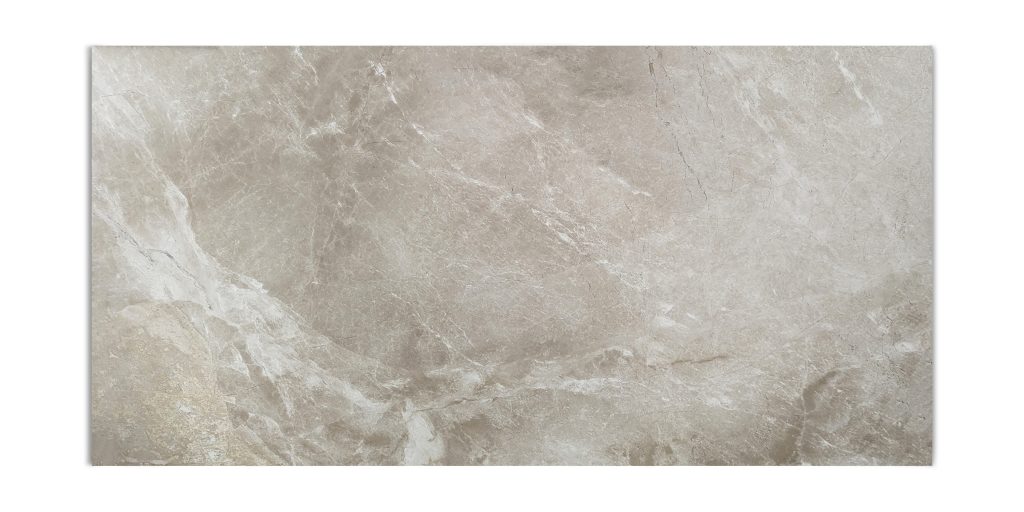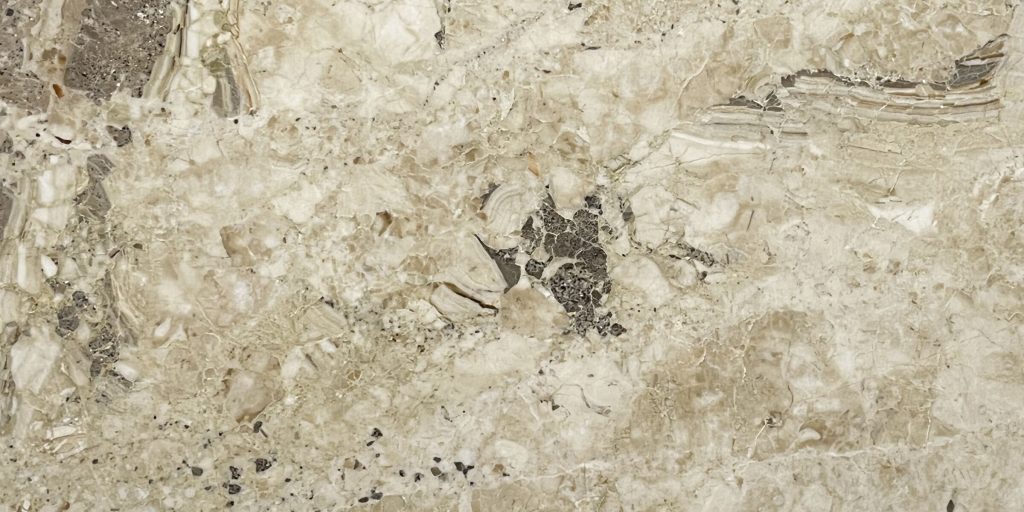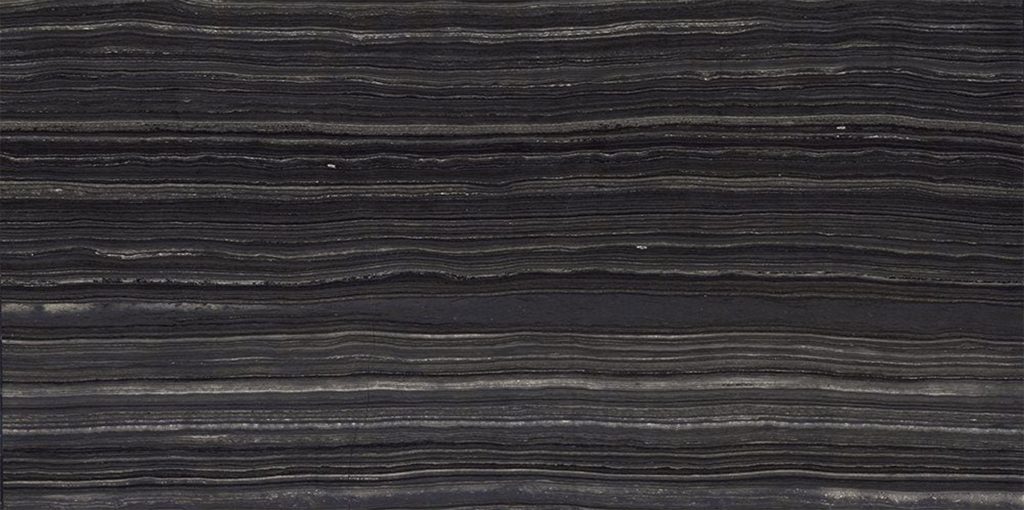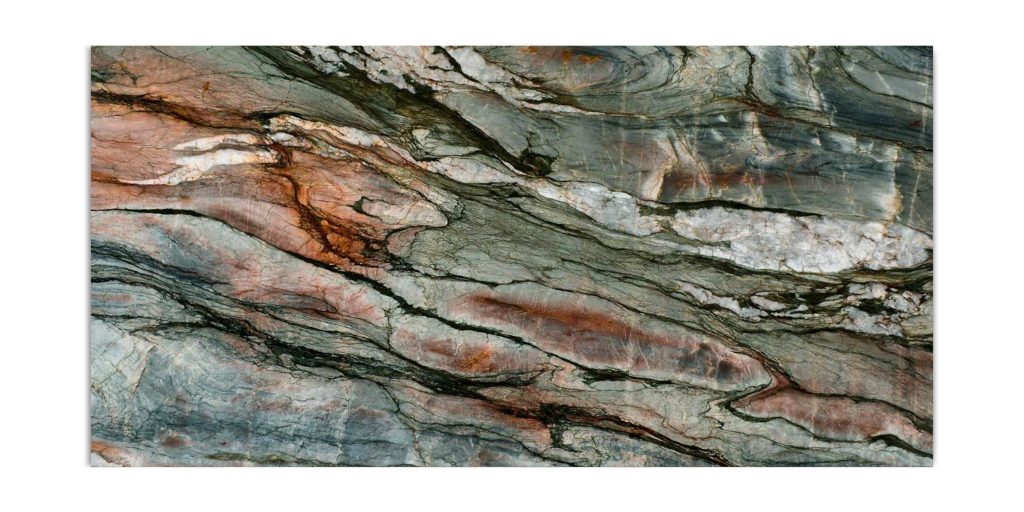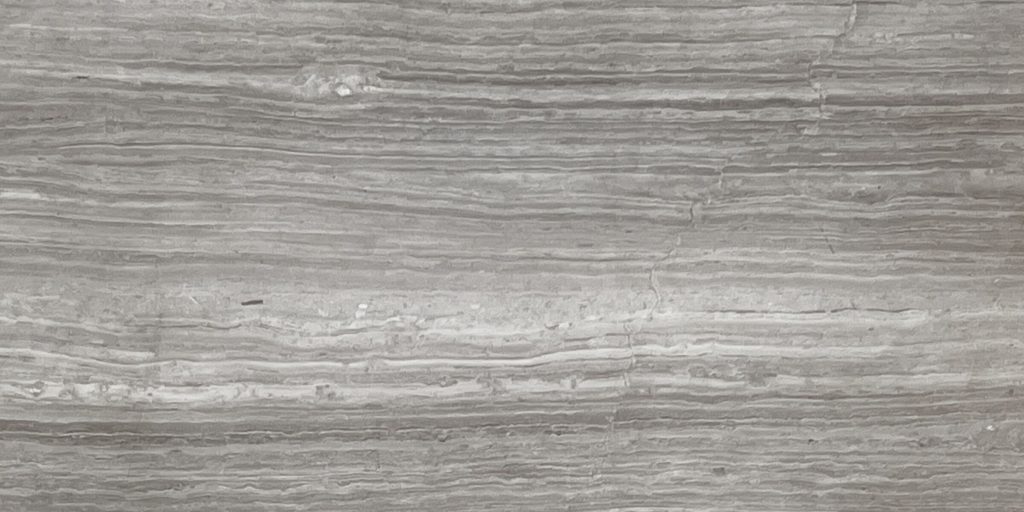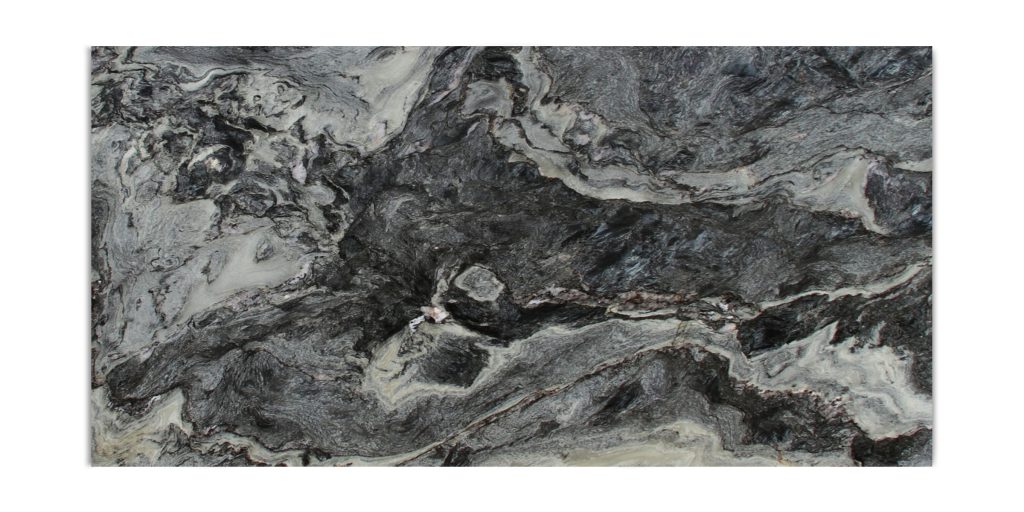Is marble good for flooring?
-
By
Hanul
Is marble good for flooring? Marble has long been synonymous with luxury and elegance, gracing the floors of palaces, temples, and high-end homes for centuries. Its timeless appeal and natural beauty make it a popular choice for flooring. But is marble a practical choice for your space? Here, we’ll explore the advantages and drawbacks of marble flooring to help you make an informed decision.
The Pros of Marble Flooring
Aesthetic Appeal Marble’s natural veining and wide range of colors create a unique and sophisticated look that’s hard to replicate. Each marble slab is a one-of-a-kind masterpiece, adding an element of exclusivity to your space.
Durability When properly maintained, this flooring can last for decades. It’s a dense material that can withstand moderate wear and tear, making it a durable option for residential and commercial spaces.
Cool Surface This type of flooring remains naturally cool to the touch, making it ideal for homes in warm climates. It helps keep interiors comfortable and is a luxurious addition to spaces like bathrooms and kitchens.
Increases Property Value Installing marble flooring can boost your property’s value. Its association with luxury and elegance often makes homes with marble floors more attractive to buyers.
Light Reflection Polished marble has a reflective surface that can enhance natural and artificial lighting, making rooms appear brighter and more spacious.
The Cons of Marble Flooring
High Cost Marble is one of the more expensive flooring materials. Both the cost of the material and the labor required for installation can significantly impact your budget.
Porous Nature Marble is a porous stone, which means it can absorb liquids and stains if not sealed properly. Acidic substances like lemon juice or vinegar can etch the surface, causing permanent damage.
Maintenance Requirements This flooring requires regular maintenance, including sealing and polishing, to preserve its beauty. Cleaning should be done with pH-neutral cleaners to avoid damage.
Slippery When Polished Highly polished marble floors can be slippery, especially when wet, posing a safety hazard in areas like bathrooms and kitchens.
Susceptibility to Scratches Marble is softer than granite and some other natural stones, making it prone to scratches and wear in high-traffic areas.
Temperature Sensitivity While marble stays cool in warm climates, it can also feel uncomfortably cold in colder climates, potentially requiring the addition of area rugs or underfloor heating.
Where Marble Flooring Works Best
Marble is a great choice for areas where aesthetics and luxury are a priority. Consider using marble flooring in:
Living rooms
Formal dining rooms
Bathrooms
Entryways and foyers
Tips for Choosing Marble Flooring
Select the Right Finish: Polished marble offers a glossy look but is slippery, while honed marble has a matte finish that provides better traction.
Consider Maintenance Needs: Choose a sealant appropriate for your marble type and reapply it periodically to maintain protection against stains.
Match the Color to Your Space: Neutral tones like white, beige, or grey marble can complement most interiors, while bold colors like black or green make a striking statement.
Conclusion
So is marble good for flooring? This stone for flooring is an excellent choice for those seeking a luxurious and elegant aesthetic. However, its high cost, maintenance requirements, and susceptibility to damage mean it’s not for everyone. By weighing the pros and cons, you can determine whether marble flooring aligns with your needs and lifestyle. If cared for properly, marble flooring can transform your space into a timeless masterpiece.

